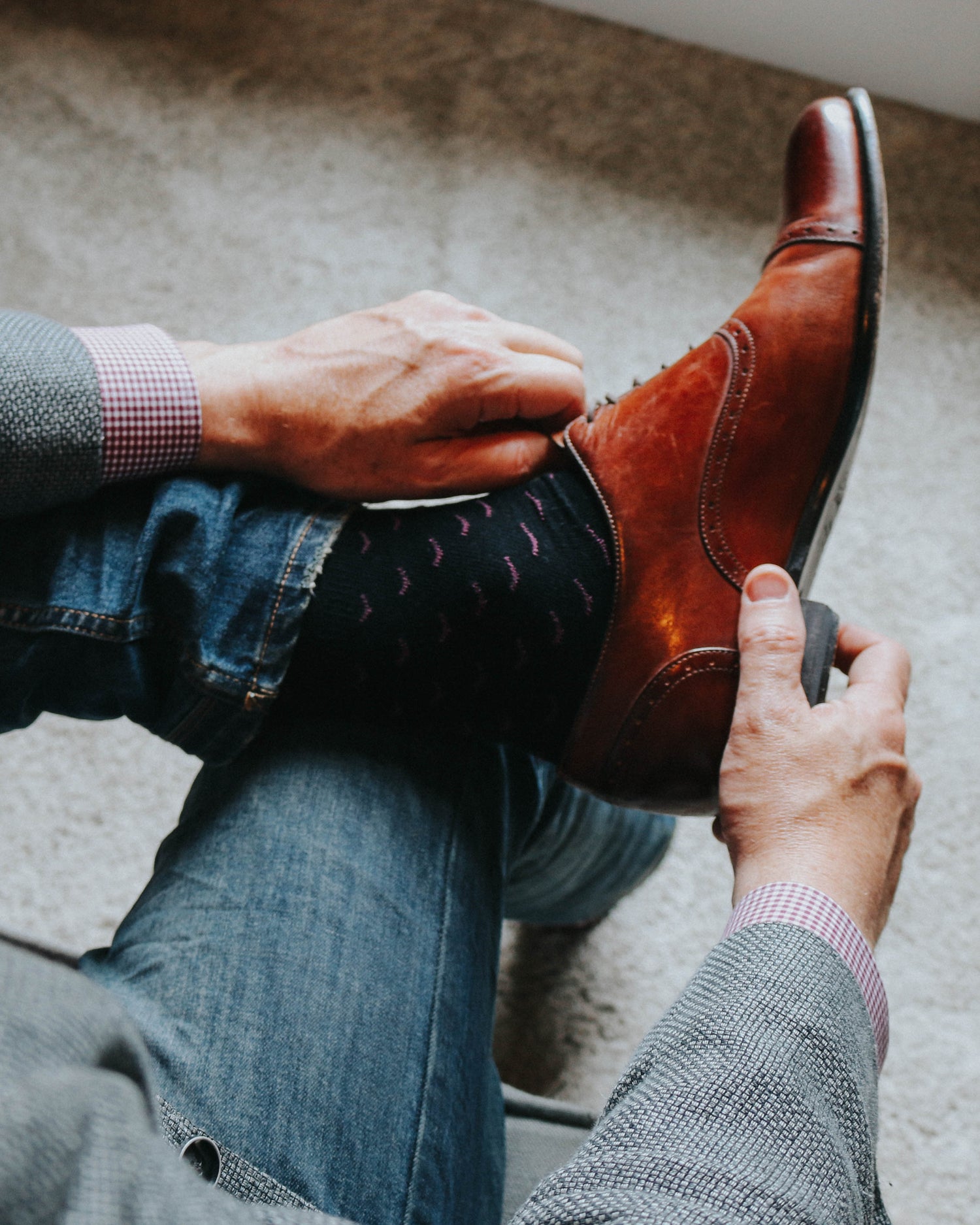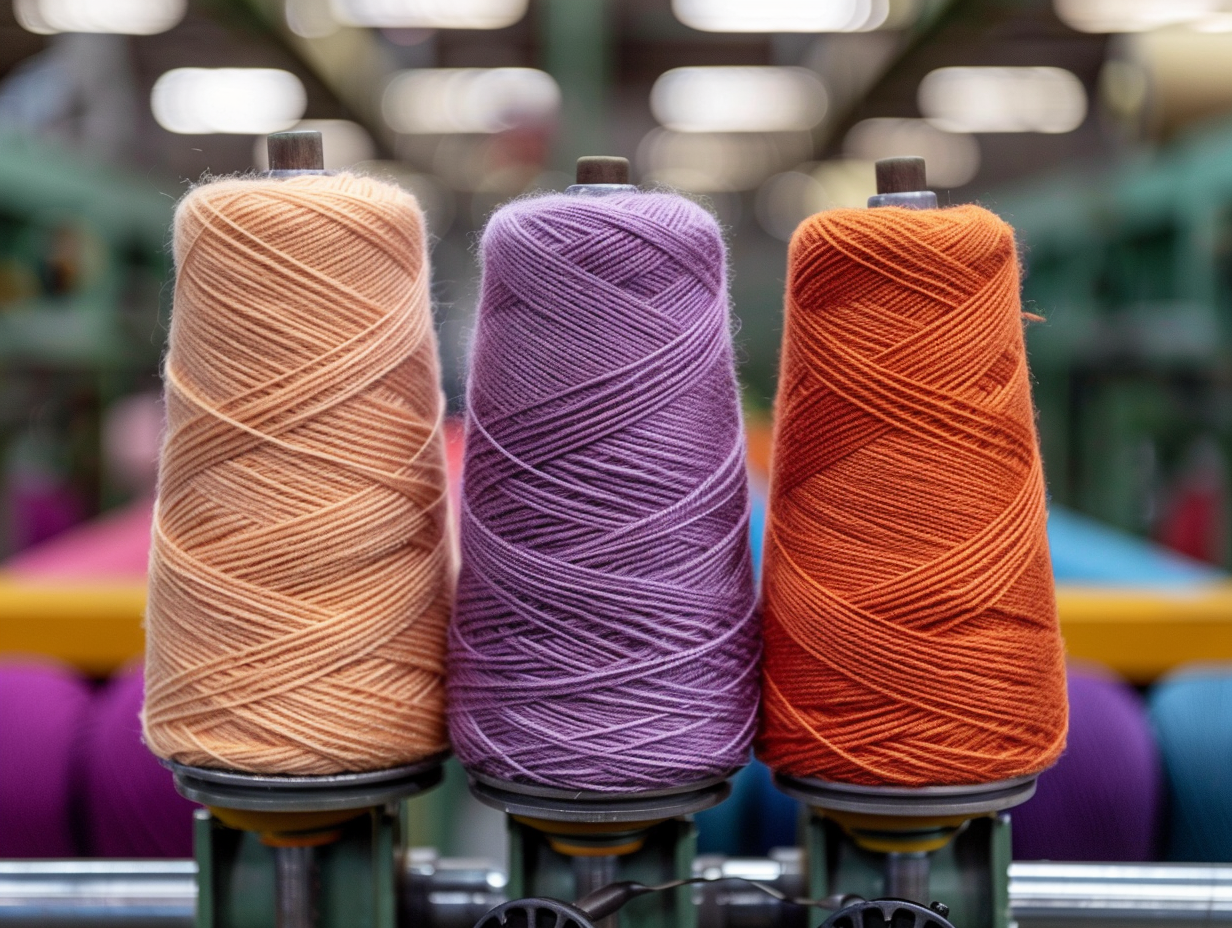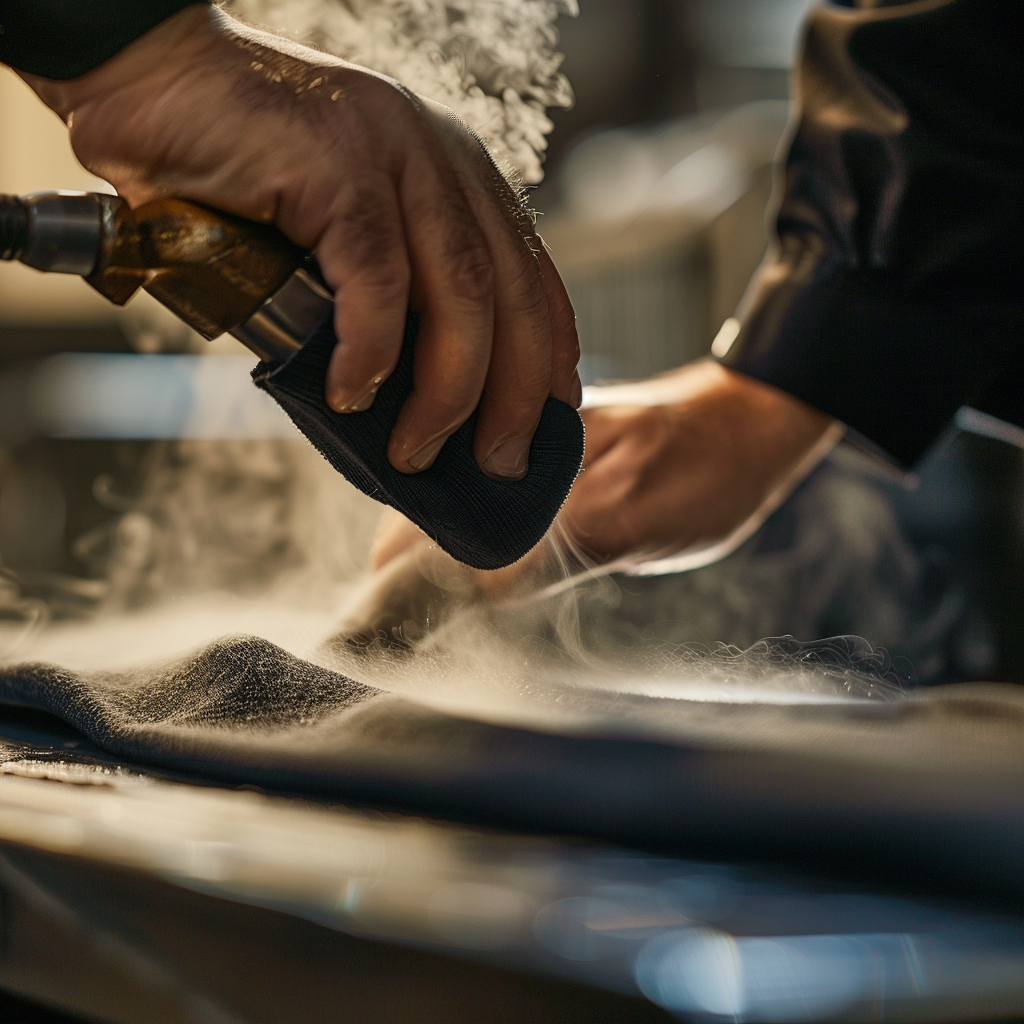How to Prevent and Manage Sock Pilling
Imagine assembling the perfect outfit, only to find annoying little bumps on your socks as you're about to wear them. These pesky bumps, known as pills, can ruin the look of your otherwise impeccable hosiery. But why do they form? Can they be fixed? More importantly, how can you prevent them from appearing in the first place?
Understanding Sock Pilling
Pilling occurs when the fibers of your socks rub against each other or other surfaces, creating small clumps that look like lint balls. This can result from friction with other fabrics or even your skin. Factors like body heat and mechanical drying, such as using a tumble dryer, can make the problem worse. For instance, dress socks rubbing against trousers or the agitation from a dryer can cause fibers to stick together and form pills.
It's essential to understand that pilling doesn't necessarily indicate low quality. Some brands use chemicals to reduce pilling, but this can sometimes affect the fabric's durability.

Does Hot Water Cause Pilling?
Washing clothes in hot water doesn't directly cause pilling, but it can increase the chances of it happening. Although hot water itself isn't the culprit, it accelerates the wear and tear on fabric fibers. Over time, this makes the fibers more prone to breakage and tangling. When these fibers tangle, they form the annoying little fabric pills that can appear on your garments.
Why Hot Water Affects Fabric
-
Fiber Weakening: Hot water weakens the integrity of fibers faster than cold water, making them more fragile.
-
Increased Friction: Hot water causes fabrics to agitate more aggressively in the wash, which contributes to tangling.
-
Material Sensitivity: Natural fibers like wool and cotton may be more susceptible to damage at higher temperatures compared to synthetic fibers.
Tips to Reduce Pilling
- Wash in Cold Water: Opt for cold or lukewarm water to be gentler on fabrics.
- Use a Gentle Cycle: Reduce friction by selecting a delicate wash cycle.
- Turn Garments Inside Out: This can help minimize surface damage to fabrics.
By adjusting your washing habits, you can help preserve the quality of your clothes and minimize pesky pilling.
Solutions for Pilled Socks
Although you can't reverse pilling, you can remove the pills to improve the appearance of your socks. Here are a few effective methods:
Razor Blade Technique
This method can be done solo or with help. If you have someone to assist, ask them to stretch the sock tightly on a flat surface. Then, using a new disposable razor blade, gently shave off the pills in one direction along the sock's ribs. If you're working alone, secure the toe end of the sock under a heavy object, like a book, and stretch it gently before shaving.
Using a De-pilling Tool
An electric de-pilling tool is another effective option. The process is similar to the razor blade method: have a partner hold the sock or secure it with a book, then carefully run the de-piller over the sock. Start in a less visible area to ensure the tool doesn't damage the fabric.
Preventing Sock Pilling
The best way to keep your socks looking new is to prevent pilling. Here are some practical tips:
Use Laundry Bags
A laundry bag can protect your socks during washing. These bags keep your socks together, reducing the friction that causes pilling. Turn your socks inside out and place them in the bag before washing. This not only prevents losing socks but also encourages smaller laundry loads, which means less fabric rubbing.
Air Dry Your Socks
Avoiding the dryer can significantly reduce pilling. Cotton socks, including those made from virgin combed cotton and recycled, strengthened cotton, dry perfectly well when air-dried. Wash your socks in a garment bag and then hang them to dry on a rack. This method is more manageable if you wash smaller loads.
Efficient Methods to Remove Pilling
When you're looking to quickly eliminate pilling from your clothes, a fabric shaver stands out as the ideal solution. It's designed to swiftly and effectively trim away those annoying fuzzballs, leaving your garments looking fresh and renewed.
If the pills are relatively minor, you might consider using a lint roller or even a piece of sticky tape. These options are not only quick but also readily available, making them perfect for a fast fix during your morning rush.
For best results:
- Opt for a fabric shaver for the toughest pill removal.
- Use a lint roller or sticky tape for light to moderate pilling.
By choosing the right tool, you can restore your clothes to their original smoothness in no time.
Conclusion
Socks, like any knitwear, can experience pilling over time. While pilling isn't a sign of poor quality, it can be managed and prevented. Washing your socks in smaller loads, using a laundry bag, and avoiding the dryer can help keep your socks looking fresh. If pilling does occur, a disposable razor or an electric de-pilling tool can help restore their appearance. By following these tips, you'll ensure your cotton socks stay in great condition for longer.






Leave a comment
All comments are moderated before being published.
This site is protected by hCaptcha and the hCaptcha Privacy Policy and Terms of Service apply.